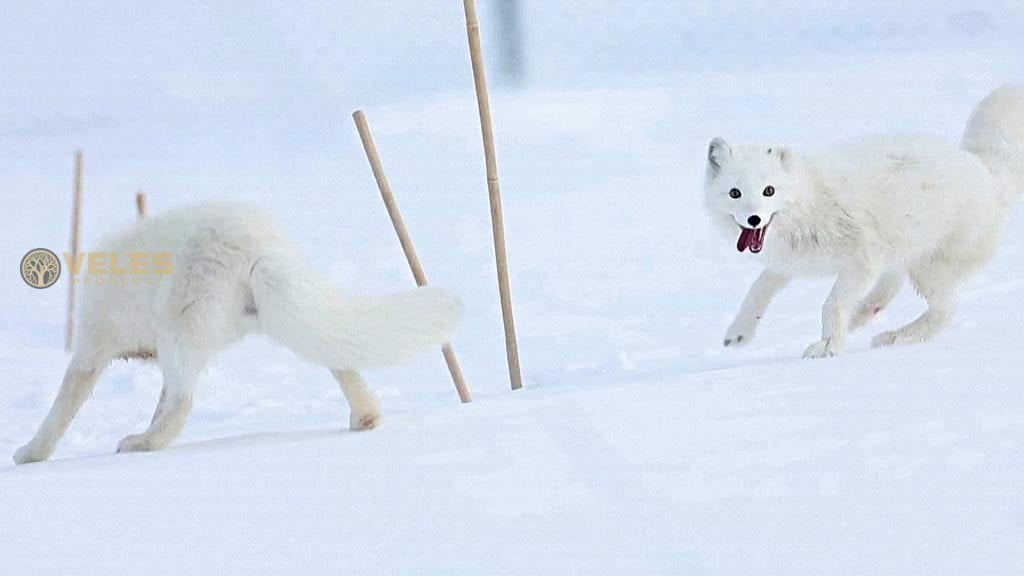Five Arctic foxes have been released into the wild in Norway over the past month. They were raised in captivity, but in conditions close to natural. Norwegian scientists launched this program almost 20 years ago. At that time, there were only 40 arctic foxes left in Scandinavia.
In general, they are not in danger of extinction. These animals are scarce only in Norway, Sweden and Finland. One of the reasons is that arctic foxes have less food. Their main prey is lemmings and voles. But rodents are dying because extreme weather conditions make it more difficult for them to dig holes.
Arctic foxes are raised near the town of Oppdal in the central part of the country. Animals are kept in open enclosures. A net is placed on top to protect against birds of prey. Scientists are constantly monitoring Arctic foxes.
Animals released into the wild also remain in the field of view of specialists. There are now at least 550 arctic foxes in Scandinavia. Moreover, in Norway, animals are constantly fed to help them survive.
Arctic foxes are not afraid of such a feeder. They are used to digging holes and sometimes build entire labyrinths underground. When there is a lot of food, they even stock up in their burrows.
Experts have installed more than 30 feeders in arctic fox habitats. Norway spends more than three million Norwegian kroner annually on feeding predators – that’s 275,000 euros.
The arctic fox, or polar fox, is a predator from the canine family. It has the warmest fur of any mammal. In the first half of the last century, arctic foxes were taken under state protection in Norway, Sweden and Finland.
Scientists want to increase the number of Arctic foxes in Scandinavia to 2,000 individuals. This could take another 25 years. At the same time, the animals will still need to be fed.




